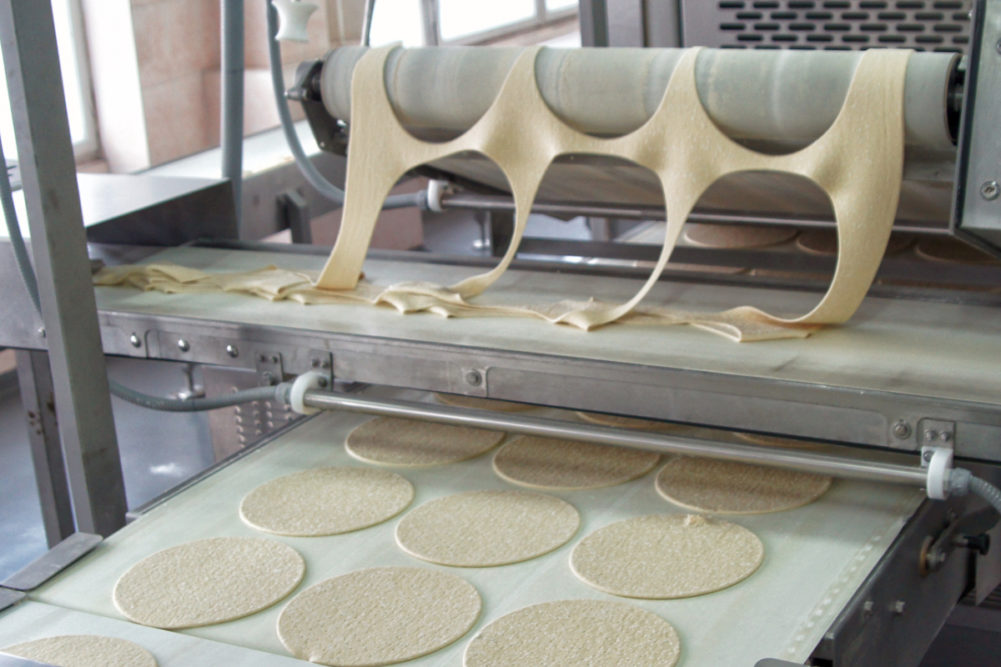One baker’s waste is another’s treasure. In the baking industry, that’s how the saying goes when it comes to trim or scrap that’s a byproduct on many sheeting lines. Here’s another Pro Tip, or production tip from some of the industry’s operation experts.
First, there’s a big difference between trim and waste. Trim is not waste. It’s an ingredient that positively impacts many formulas. Granted, some recipes use trim better than others. Some may put more than 50% of it into some products. It only becomes waste when the excess trim can’t be reincorporated into the dough.
There have been many advancements in regard to rework handling, for example specialized weigh solutions to guarantee accurate volume and delivery back to the beginning of the line or the mixer area. Although rework has become a part of some formulas, it often depends on the dough rheology. Trim from laminated dough contains fat and will influence the fat-percentage in the end product when it’s used as re-work. That addition to the mix needs to be taken into the final fat percentage calculation. Normally, scrap dough that contains filling or seeding cannot be reused.
From an operation’s perspective, irregular dough bands generate more scrap. Circular products, such as pizza dough, often generate a large amount of trim — around 35% — from a dough sheet. Stamping and cutting patterns very much determine the amount of scrap so try to put together a well-designed pattern allows for minimum rework.
Take a tip from the pros. Careful planning goes a long way into cutting the scrap in a bakery.






